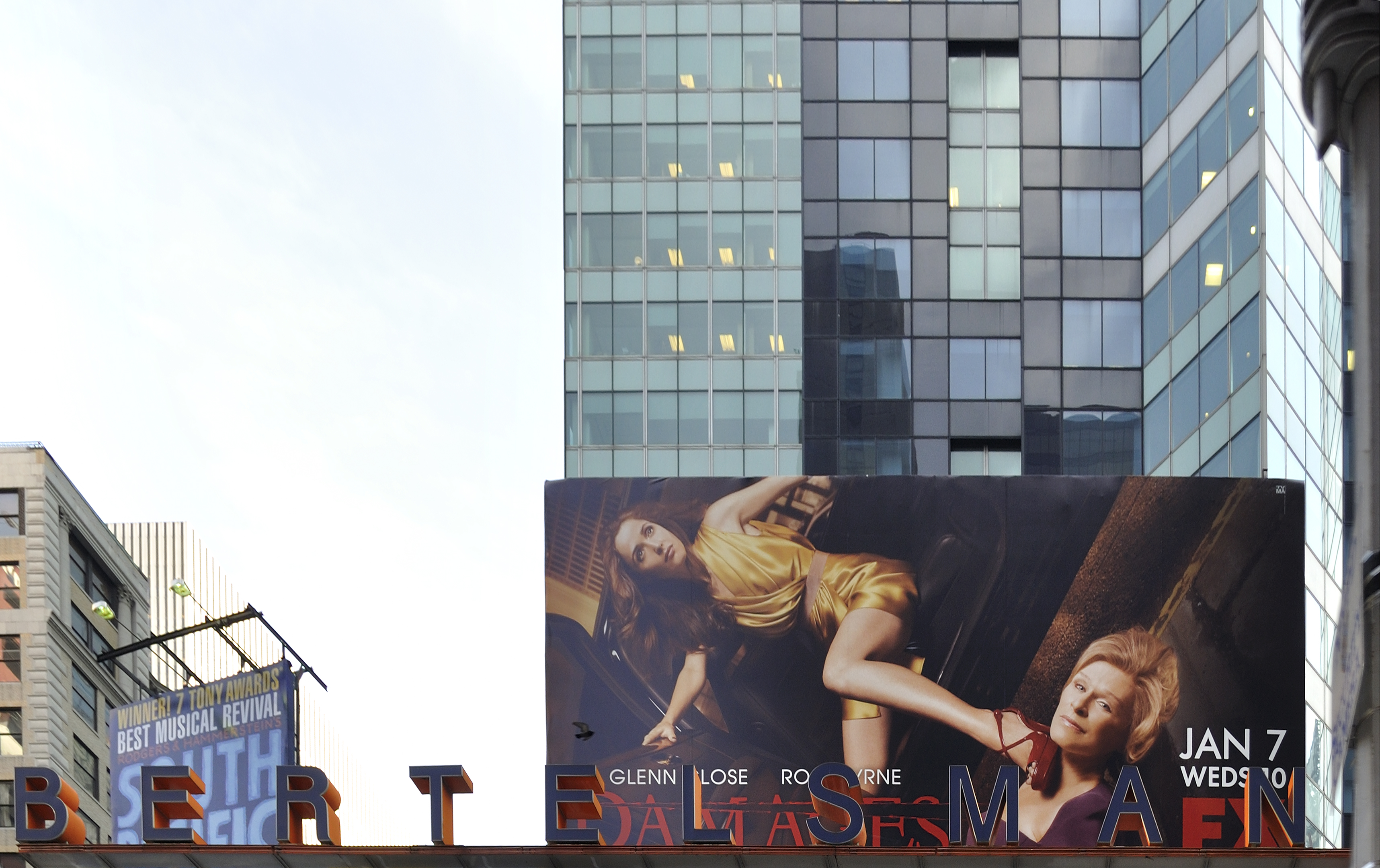
CITATION SOURCES*
*Books and Catalogs: Cave Painting to Street Art, Rizzoli Publishing, Une Street Historie de l'art, Editions Gallimard, Art: The Whole Story, Thames & Hudson Publishers, American Culture in the 1980's, Edinburgh University Press, Notes on Metamodernism, Duke University Press, Hyperrealism: When Reality Becomes an Illusion, Moscow Museum of Contemporary Art, Fascination with Reality-Hyperrealism, Olomouc Museum of Art
*International Print Media: Canada Globe and Mail, Deseret News, Al Jazeera, Illustrato Magazine, Fine Art Magazine, Poets & Artists - USA Today, Wikipedia, The Art Story, Art Info, Numéro Cinc, UK Daily Mail, NY Examiner, UK Telegraph, Empty Kingdom, European Union Times, American Art Collector, Art & Antiques, Art Miami Magazine, Huffington Post, Village Voice
*Broadcast TV and Cable Interviews: Australian News, MSN TV, BBC TV, WOR TV, FOX TV, WVIA, WVYA, Cable News 12
One of the first Photorealists to emerge in New York, Denis Peterson pioneered a painting genre based on the literary works of Baudrillard. He named the splinter art movement Hyperrealism, a revolutionary turn from Photorealism. His first Hyperreal work Dust to Dust was designated in an art history textbook timeline as the start of Hyperrealism Painting (Rizzoli Publishing), sparking a phenomenon that burgeoned into a world-wide movement.
Estes, Peterson, Flack, and Close often worked from photographic stills to create paintings that appeared to be photographs. Chuck Close and Denis Peterson are praised for their skill and ability to transform their vision into an astounding piece of art. Both painters utilized advanced airbrushing techniques to achieve a smooth and precise photographic surface quality.
While Close's monumental paintings forced an uncomfortable intimacy upon the viewer, Peterson's work conveys a sense of inwardness and refective self-consciousness. It differs from the idealizing, more deadpan aspect of figures in Photorealism which appear either fetishistic or as mere individuals in the urban scene.
Museums and Auctions: Sotheby's, Pierre Bergé & Associés Paris/Brussels, National Galleries of Scotland, Tate Modern, Moscow Museum of Modern Art, CZ Museum of Modern Art, European Museum of Modern Art (MEAM), Museum of Modern Art (MoMA), Brooklyn Museum, Butler Institute of American Art, National Gallery of Art, State Tretyakov Gallery Moscow, Central House of Artists, Daejon Museum of Art, Springville Museum